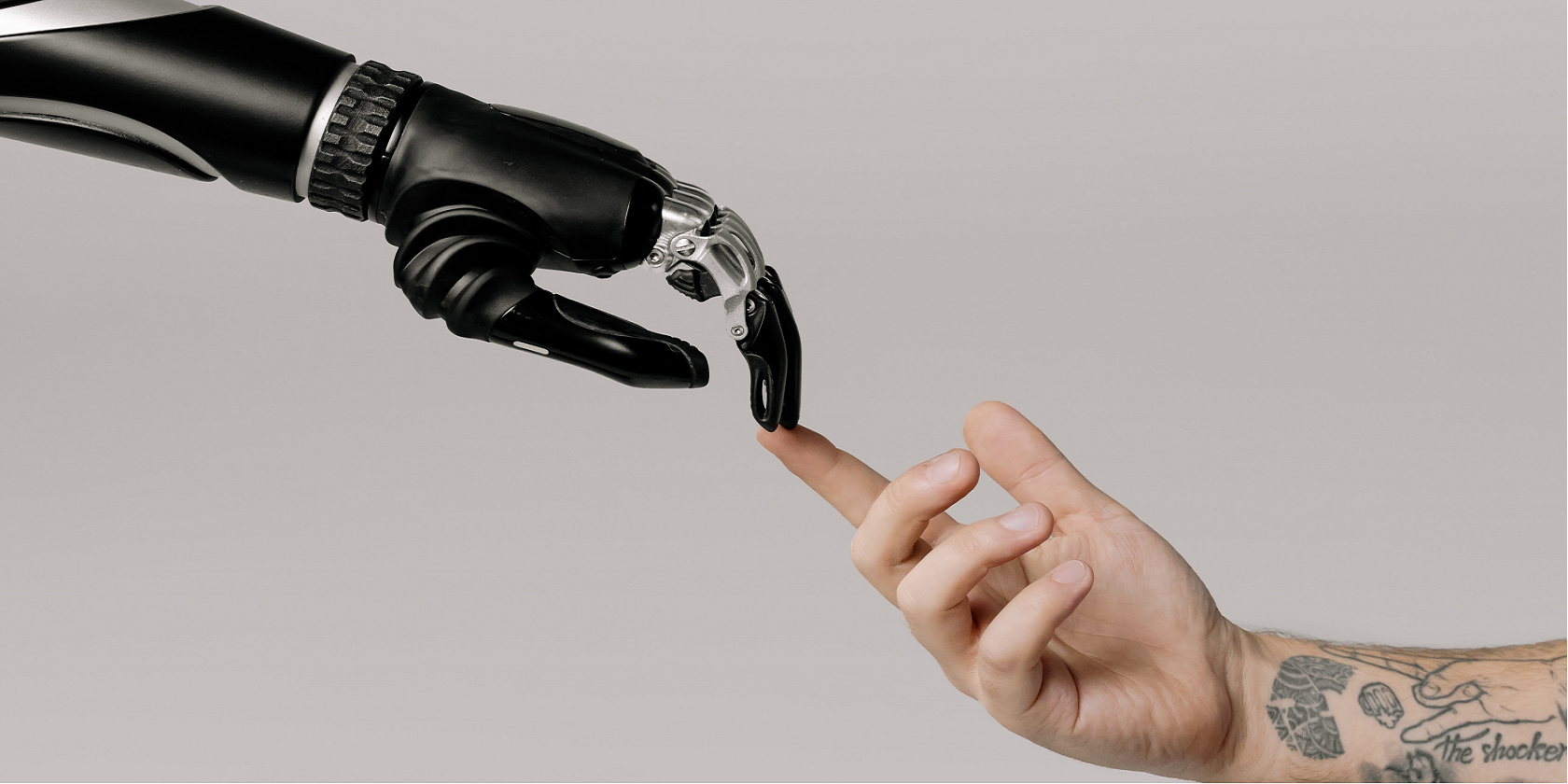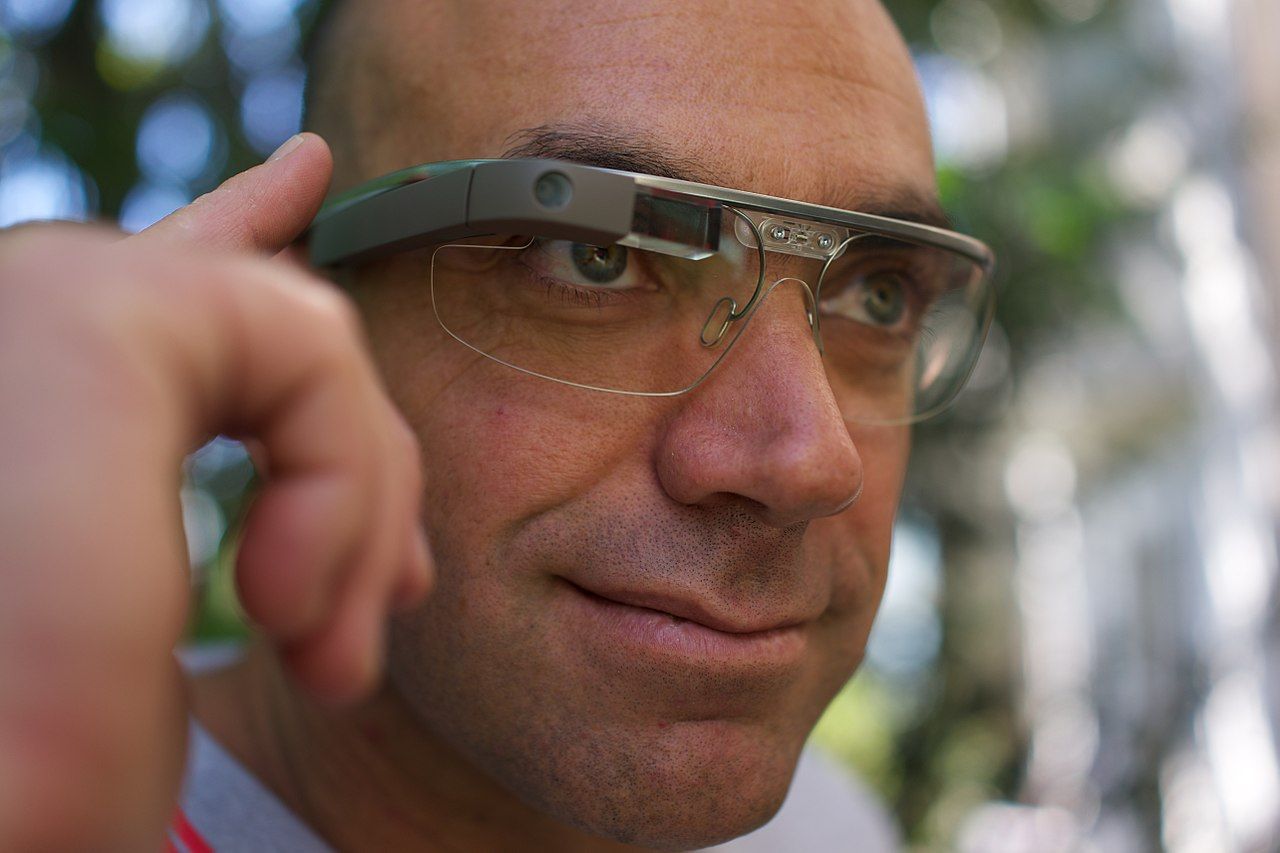When you think of human augmentation, it’s easy to conjure up images of sci-fi style bionic limbs and other futuristic inventions. However, human augmentation is more prevalent than many people realize.
Human augmentation technologies provide enhancements or improvements to normal human health, quality of life, performance, and functionality. These can be heavily debatable alterations of the human body or brain or simple gadgets like reading glasses.
In this article, we will discuss many of the currently available human augmentation technologies, as well as some which are in development.
What Are Augmentation Technologies?
We define augmentation technologies as those that become integrated into a person’s life on a day-to-day basis.
There are three broad categories of augmentation technologies:
- Those that replicate something we already have (like prosthetic limbs).
- Those that improve an ability we have (like making us smarter or stronger).
- Those that add a new ability (like seeing infrared light).
Now you know a little about augmentation technologies, let's look at 12 human augmentation examples.
1. Glasses
Arguably the oldest invention in this list, glasses with lenses that enable poor-sighted people to see again have been around since the 13th century. Magnifying glasses have been around even longer, dating back to Ancient Rome. Restoring vision, glasses can be classed as a replicative augmentation technology.
2. Smart Glasses
A large step up from normal seeing glasses, smart glasses are pitched to provide wearers with a view of augmented reality. This could include visualizing a screen similar to a computer monitor, or it might mean overlaying the real world with useful information. Many of these technologies are in their infancy, with the best currently offering a small field of view (FOV) and limited battery life.
3. Hearing Aids
Hearing aids have been around for a long time. In fact, the first electric hearing aid was invented all the way back in 1898. The technology of hearing aids has expanded massively since then. Newer versions can isolate, improve, and amplify voices in front of you while muting incidental noises.
4. Cochlear Implants
We now also have cochlear implants that enable a person to hear again without having to wear external hearing devices. These work by bypassing the usual biology of the ear and stimulating the hearing nerve directly. In some cases, cochlear implants are able to restore hearing much more effectively than hearing aids.
5. Smart Earbuds
Waverly Labs has also created a set of earbuds that are able to translate foreign languages in real-time to the wearer. These are still in development at the time of writing, but such technology would mean that learning foreign languages would be a thing of the past.
6. Bionic Eyes
While we don’t necessarily have bionic eyes yet, we do have many things that are coming close.
For instance, there’s eSight, a company developing a wearable device with cameras that display an image of the environment in front of the user’s eyes that enables legally blind people to see. Researchers in Switzerland have also developed contact lenses that have built-in 2.8x zoom, and Samsung has patented a design for contact lenses that can produce an augmented reality display.
7. Plastic Surgery
While it was invented to heal and restore the appearance of war and burn victims, plastic surgery is now also used to alter and enhance appearance as well. From relatively unobtrusive procedures like a botox injection to a full-on facial reconstruction, plastic surgery has come a long way from its conception.
8. Orthodontics
Not often considered a human augmentation technology, orthodontics provides the ability to maintain and restore the function of the teeth and gums. This has come a long way from sticking blocks of wood in your mouth (like the famous myth about George Washington). Nowadays complete, realistic tooth replacements or veneers are available.
9. Prosthetic Limbs
Engineering prosthetics has become significantly more sophisticated in recent years. There are prosthetics that enable the user to have extremely high levels of dexterity and in some cases even simulate feeling.
BrainRobotics developed an AI-powered hand that can translate muscle signals from the brain into accurate movements. SENSY has developed a neuroprosthetic leg with the ability to send information back to the brain so that the user can “feel” through the leg, including position, pressure, and contact.
10. Exoskeletons
There are already exoskeletons available on the market. Sarcos produces the Guardian which is an industrial exoskeleton that enables the user to lift 200 pounds and do repetitive actions without increasing strain on the body. There are also ankle and leg exoskeletons that increase running speed and reduce muscle effort, and similar technology aimed at restoring the ability to walk in brain injury patients.
11. Brain-Computer Interfaces
While brain-computer interfaces (BCIs) are still largely in early development, BCIs already exist which have enabled users to control computers, prosthetics, and other devices using their mind alone. One BCI that is currently commercially available is the IntendiX. This allows users to type messages and control external devices with their thoughts alone.
A notable example of BCI technology is Elon Musk’s Neuralink that aims to manufacture BCIs able to treat brain injuries and diseases, to eventually provide a complete symbiosis with artificial technology. However, Neuralink is still in very early development and isn’t expected to produce results any time soon.
12. The Internet
With the internet now so entwined with our daily lives, some experts consider it to be an augmentation technology. The internet places almost all human knowledge only a click away, greatly expanding our memory (in a way) and our ability to learn new information.
Combining the internet with wearable technologies like smart glasses, smartphones, or smartwatches greatly extends a person’s capabilities with minimal invasiveness.
What’s Next?
With current human augmentation technologies already so widespread, it’s fascinating to consider what could be just around the corner. From restoring functionality to providing new abilities, the future of human augmentation technology is exciting—and a bit frightening.
Genetic engineering is reaching a new level of sophistication with biological technologies like CRISPR potentially able to modify our genes however we would like. On the other hand, linking our biological brains with AI software may give us levels of cognitive prowess and decision-making abilities like never before.
Much of this technology is brand-new and far from being commercially available. In a way, this is a good thing because it gives us a chance to consider the ethical implications of using such technology. Exactly how much normal human functionality should we alter? And, who should have access to human augmentation technologies?





